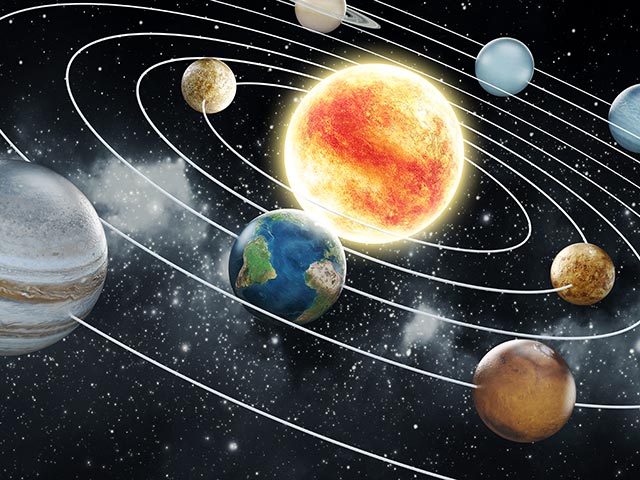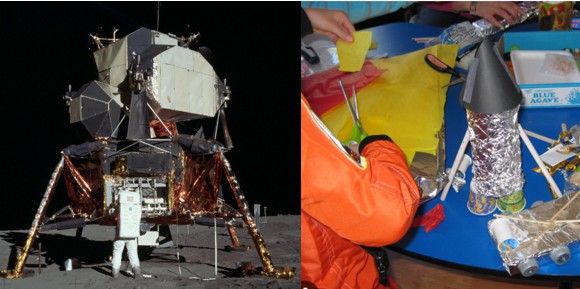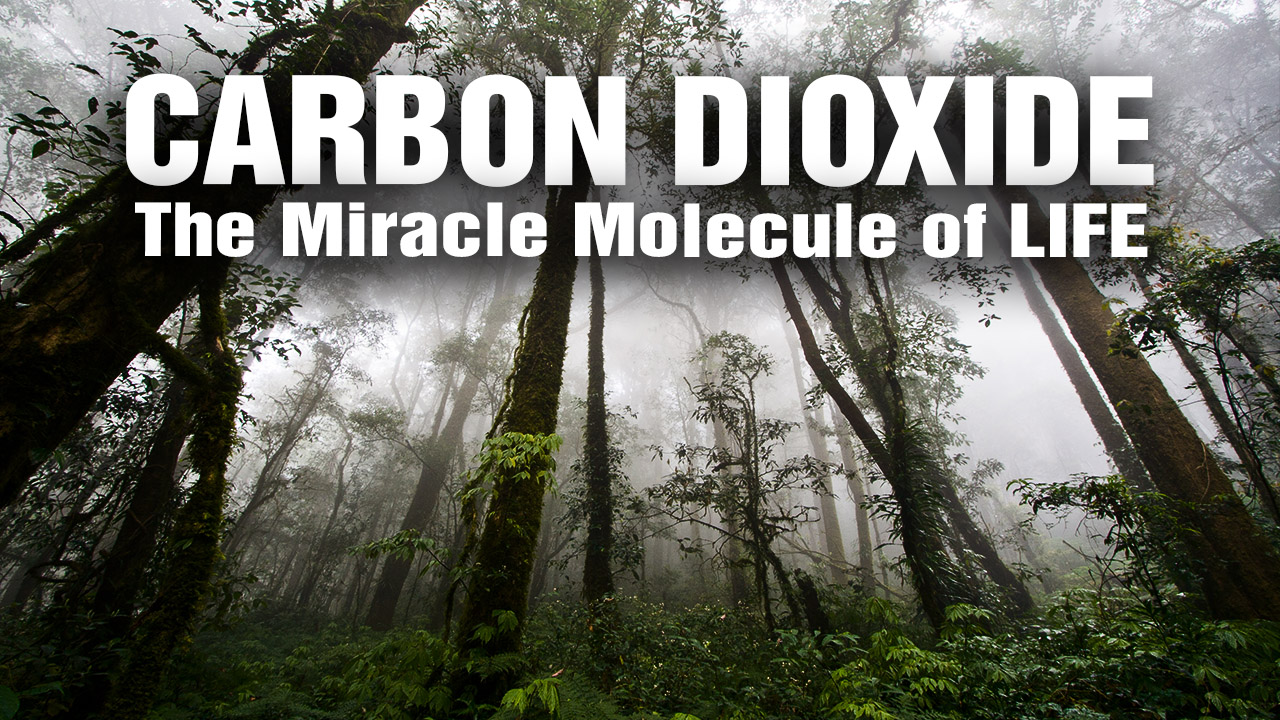Scientists uncover surprising link between Earth’s magnetic field and oxygen levels, reshaping understanding of planetary habitability
07/01/2025 / By Cassie B.

- NASA researchers found a 540-million-year link between Earth’s magnetic field strength and atmospheric oxygen levels, suggesting deep planetary processes shape habitability.
- A peak in magnetic activity and oxygen coincided with Pangaea’s formation, hinting at tectonic influence on core dynamics and atmospheric chemistry.
- The Cambrian explosion aligned with rising magnetism and oxygen, potentially enabling complex life, although the exact mechanism remains unclear.
- The study challenges climate models by showing Earth’s interior may drive surface conditions, linking core behavior to atmospheric stability.
- Supercontinental cycles could be a hidden factor, disrupting mantle convection or altering oxygen levels through geological activity.
In a groundbreaking discovery that challenges conventional scientific narratives, NASA researchers have uncovered a striking correlation between Earth’s magnetic field strength and atmospheric oxygen levels spanning 540 million years—dating all the way back to the dawn of complex life.
Published in Science Advances, the study suggests that deep planetary processes, possibly tied to continental movement, may govern the delicate balance of oxygen necessary to sustain life. The implications are staggering: Earth’s habitability may be far more intertwined with its molten core than previously imagined.
For decades, scientists have debated the magnetic field’s role in shielding Earth’s atmosphere from solar radiation. But this study, led by NASA’s Weijia Kuang and a team of geophysicists, reveals a synchronicity between geomagnetic strength and oxygen fluctuations that defies coincidence. “These two datasets are very similar,” Kuang stated, marking the first direct evidence linking planetary magnetism to atmospheric chemistry. The findings could redefine how we assess life-supporting conditions on other planets.
A half-billion-year connection
The research hinges on two independent records: magnetic “fingerprints” preserved in ancient minerals and oxygen levels inferred from rock chemistry. When plotted together, the datasets reveal parallel trends. During periods of stronger magnetism, oxygen spiked—and both peaked dramatically during the Paleozoic Era (330–220 million years ago), coinciding with the reign of the supercontinent Pangaea. “This correlation raises the possibility that both respond to a single underlying process, such as the movement of Earth’s continents,” said coauthor Benjamin Mills of the University of Leeds.
The timing is critical. The Cambrian explosion—a burst of biodiversity 541 million years ago—aligned with rising oxygen and magnetic activity. Without this synergy, complex life may never have emerged. Yet the mechanism remains elusive. Does the magnetic field protect oxygen-producing life? Or does plate tectonics, by recycling crustal material, simultaneously alter core dynamics and atmospheric chemistry? The team acknowledges both possibilities but leans toward the former. “The other direction is less well understood,” Kuang admitted.
Defying mainstream dogmas
The study exposes gaps in climate and evolutionary models that overlook Earth’s interior as a driver of surface conditions. Mainstream science often frames oxygen levels as purely biological—a product of photosynthesis by plants and microbes. But this research suggests planetary physics plays an equally vital role. “Earth is the only known planet that supports complex life,” Kuang noted. “The correlations we’ve found could help us understand how life evolves and how it’s connected to the interior.”
The implications ripple beyond academia. If the magnetic field modulates oxygen, then solar storms or geomagnetic shifts—long dismissed as irrelevant to climate—could indirectly influence atmospheric stability. Conversely, tectonic activity might alter the core’s behavior, tweaking the magnetic shield that guards all terrestrial life. Such findings undermine simplistic narratives about atmospheric “balance” and demand a holistic view of Earth’s systems.
The supercontinent factor?
Intriguingly, the data spike during Pangaea’s existence hints at a tantalizing third variable: supercontinental cycles. As landmasses collide and rift, they may perturb mantle convection, disrupting the core’s dynamo—or alternately, boost oxygen via mountain-building and erosion.
The hunt now turns to nitrogen and other life-critical elements. If their histories also align with geomagnetic shifts, the case for a core-atmosphere link strengthens.
The study underscores a reality often ignored by institutional science: Earth’s systems resist reductionism. For too long, ecologists, geologists, and climatologists have worked in silos, dismissing deep-Earth processes as irrelevant to surface life. Yet as the researchers stress, collaboration is key. “We’re like kids playing with Legos,” Kopparapu said, “with each of us having a separate Lego piece. We’re trying to fit all of it together and see what’s the big picture.”
NASA’s research illuminates a profound truth: Earth’s habitability is not merely a surface affair. From the churning core to the outer atmosphere, our planet operates as an interconnected whole. The magnetic field once seen only as a cosmic shield may be a silent partner in sustaining the oxygen we breathe.
Sources for this article include:
Submit a correction >>
Tagged Under:
Climate, cosmos, Earth, environ, geology, magnetic field, NASA, oxygen, research
This article may contain statements that reflect the opinion of the author




















